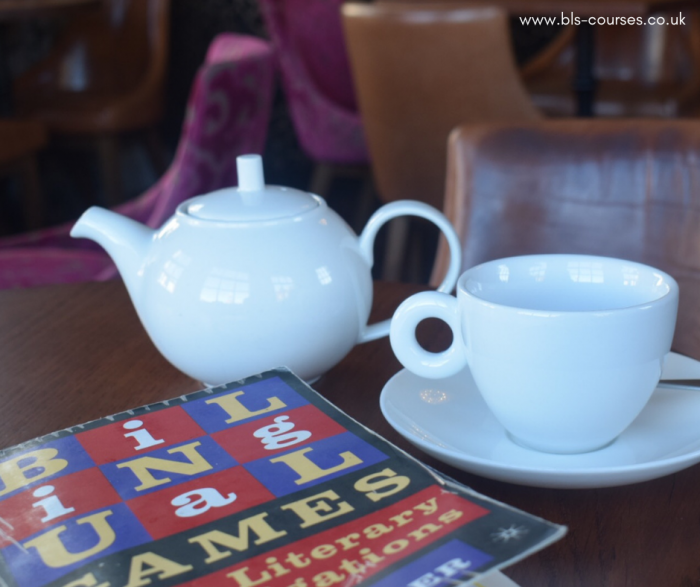Happy Valentine’s Day / Buon San Valentino / Bonne Saint-Valentin / Alles liebe zum Valentinstag / Fijne Valentijnsdag / Šťastného Valentýna / Szczęśliwych Walentynek / Feliz Dia dos Namorados / Feliz día de San Valentín / с днем Святого Валентина / عيد حب سعيد !

14th February is when we usually celebrate how much we love our other half (even more than usual) or we tell someone who doesn’t know yet that we love them! But saying “I love you” isn’t always easy, and not every language uses the same formula as those three little words in English. This post helps you understand the ins and outs of saying “I love you” in different languages and gives you links to some popular love songs where you can hear the expressions being used. Who knows, it might come in handy this year…!
French
In French, to say “I love you”, you would say “Je t’aime”. It seems to translate literally as “I like you”, but it is not to be confused with “Je t’aime bien”, “I like you well (enough!)”, which is how you actually say “I like you”. “Aimer” can be “to like” or “to love” but you only reserve “Je t’aime” (informal form) for someone you love. It can also be used for family members. Other options for romantic purposes are “Je t’adore” (“I adore you”) and “tu me plais” (“I fancy you” (“you are pleasing to me”!)). A very famous love song is ‘Que je t’aime’ (‘How I love you’) by Johnny Halliday (here + lyrics).
Dutch
Dutch has three interesting constructions for saying “I love you”: “Ik zie je graag” (“I gladly see you”/”I like seeing you”), “Ik heb je lief” (“I love you”) and “Ik hou van jou/u” (like “I hold you dear”). Here are some links to love songs by the very famous Belgian band Clouseau: ‘Zie me graag’ (‘Love me’) and ‘Altijd heb ik je lief’ (‘I love you always’) (with lyrics!) and ‘Ik hou van u’ by Noordkaap (popular at weddings). All expressions reserved for romantic purposes.
Italian
Italian has the form “ti amo” (“I love you”), that many people know from the Umberto Tozzi song and that is reserved for romantic use, but there is another expression that can be used for romantic partners and family members, which is “ti voglio bene”, kind of like “I wish you well”. Can be shortened in text messages to “tvb”. Here is a very rousing song about love by new operatic sensation and San Remo music festival winners, Il Volo, called ‘Grande Amore’ (‘Great/True Love’) (lyrics here).
Spanish
Spanish in Spain has the expression “te quiero”, which comes from “querer”, “to want”, but it actually means “I love you”. In some Latin American countries, “te amo” (similar to the Italian “ti amo”) is used instead. Here is a nice song to help you practise your grammar, ‘Te Quise Te Quiero y Te Querré’ (‘I loved you, I love you and I will love you’) by Manolo Galván.
Polish
“I love you” in Polish is “kocham cię”, from the verb “kochać”, “to love”. The noun, “love” is “miłość”, linked to “miły”, “nice”. “My love” or “my dear” is “kochanie” (“loved one”). A famous song is ‘Kocham cię, kochanie moje’ (‘I love you, my darling’) by Maanam.
Arabic
I learnt a nice thing today, which is that the Arabic word for “love”, “بح” (“hob”), also means “seed”, which gives the idea of love growing into something bigger. “I love you” in Arabic is “كبحا انا” (“ana ohebak” (if the recipient of the love is male) or “ana ohebek” (if the recipient of the love is female).[1]
German
Most people probably know the famous term “Ich liebe dich”, “I love you” in German. Some ways to express even greater love are “Ich liebe dich wie verrückt”, “I love you like crazy” and “Ich liebe dich bis zum Wahnsinn”, “I love you to to distraction” – impressive!
Czech
“I love you” in Czech is “Miluji tě”, from the verb “milovat”, but “love” is “láska”. “Miláček” means “sweetheart”.
Portuguese
There are several ways to say “I love you” in Portuguese: “(eu) te amo” and “amo-te” in Portugal and “(eu) amo você” in Brazil.
Russian
“I love you” in Russian is “Я тебя люблю” (“YA tebya lyublyu”) or “я люблю тебя” (“YA lyublyu tebya”). The verb “to love” is “любить” (“lyubit’”).
Have fun practising these expressions and let us know how it goes when you use them!
[1] Sorry to those who can read Arabic and have noticed that I have not used cursive script – my computer won’t do it, I’m afraid!
Suzannah Young



